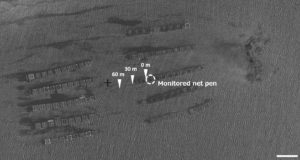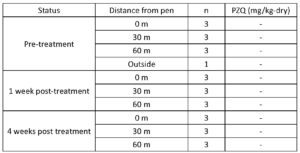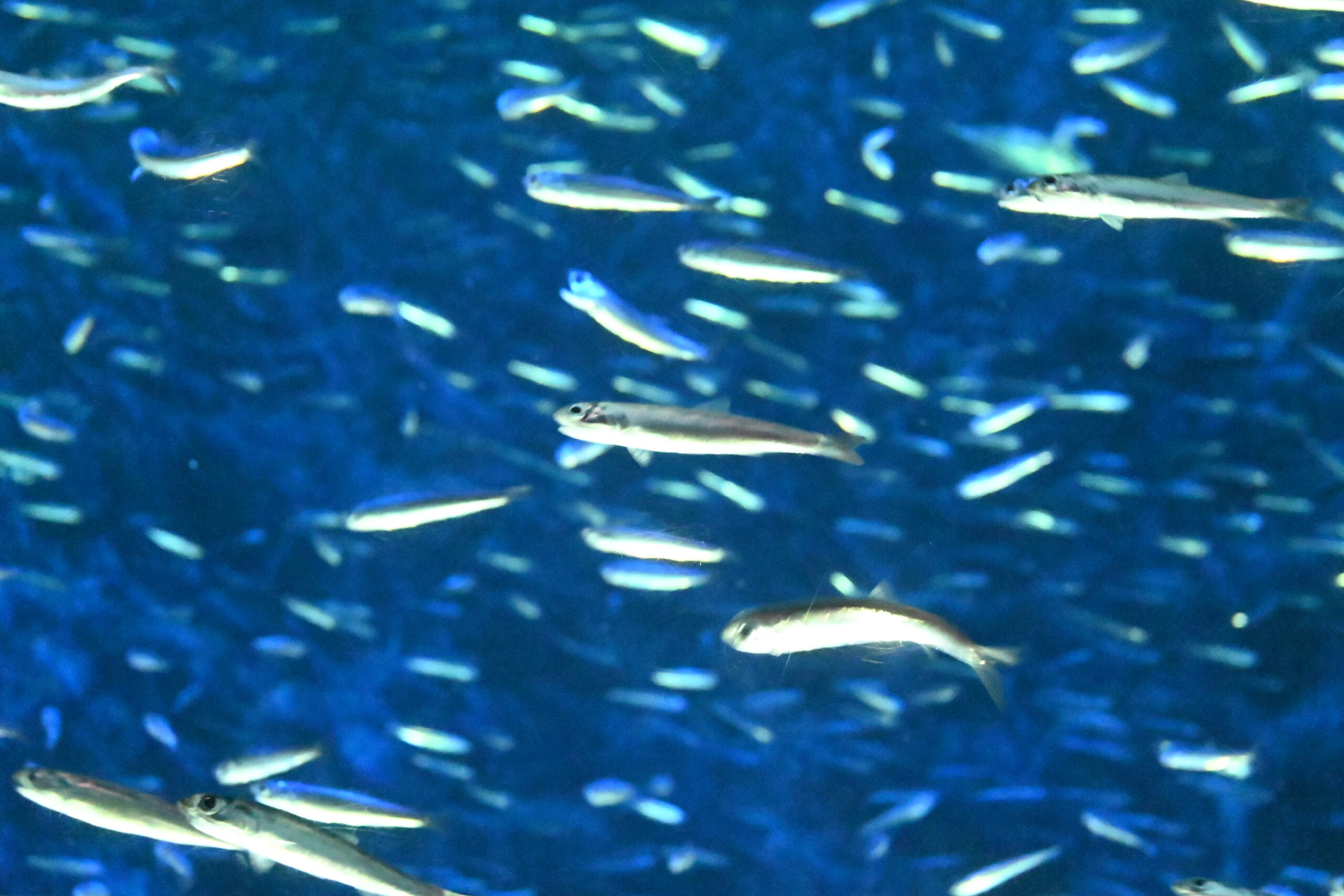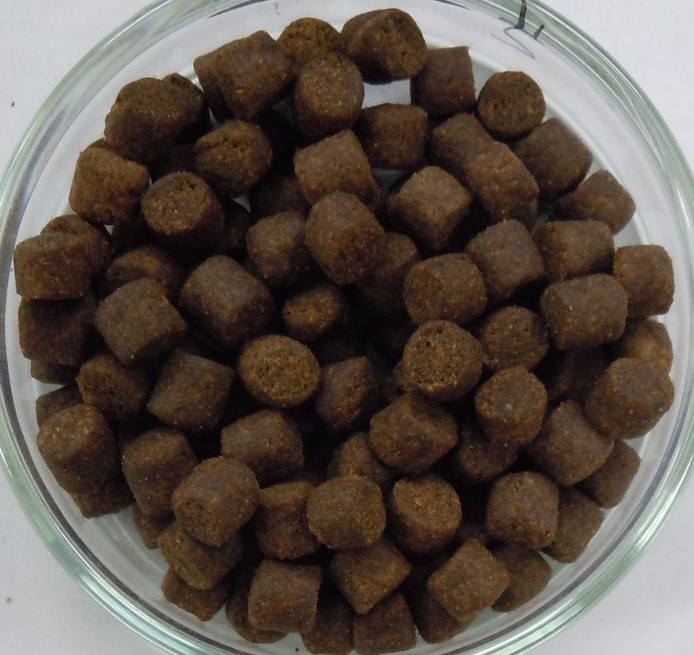Preliminary monitoring of Praziquantel in water and sediments at a Japanese Amberjack aquaculture site.
(1) Introduction
To improve sustainability in Seriola farming, heavy use of drugs for cultured fish must be avoided. However, we are sometimes forced to inevitably administer drugs in need of treatment for fish diseases, and we believe that monitoring of surrounding environmental impact of drug residue is our responsibility. Therefore, we tried to clarify the impact of anti-pesticide drug Plaziquantel (PZQ), because there is no report has addressed the environmental impacts of PZQ use in Japanese amberjack, also called yellowtail (Seriola quinqueradiata) aquaculture. Although PZQ was detected in water collected from the surface water of the net pen during PZQ administration, it was not detected in the all sediments even in sediment collected directly beneath the net pen. This study has been published on Fishes, a peer-reviewed scientific journal in March / 2019.
(2) Materials and Methods
Samples were taken from an aquaculture site cultivating Japanese amberjack (S. quinqueradiata) in Owase, Mie, Japan from June to August, 2018. A net pen (L: 9 m, W: 9 m, D: 10.5 m) located on 34°04’38.8″N / 136°13’12.4″E was monitored for PZQ levels (Fig.1). Surface water and sediments were collected 0 m, 30 m and 60 m from the net pen along the water current, and additionally outside of the aquaculture site. PZQ in the collected samples was detected with LC and MS/MS. Detection limits were 0.0001 mg/L in water, and 0.01 mg/kg-dry in sediment.

Fig. 1. Sampling Locations.
The circle indicates the monitored net pen. Samples were collected 0 m, 30 m and 60 m (arrowheads) from the net pen along the water current. This map is based on an aerial photograph published by the Geospatial Information Authority of Japan. Scale bar; 50m.
(3) Results and Discussion
Hada Clean® (Bayer Japan) which includes PZQ as an active agent was administered orally for 3 days in late July 2018 in a treatment for trematode whirling disease in the monitored net pen under a veterinarian prescription. Although 0.003 mg/L of PZQ was detected in net pen surface water during treatment, 30 m or 60 m distance from the pen was sufficient for PZQ to disperse. Further, PZQ was below the detectable limit (0.01 mg/kg-dry) in all sediment samples, including the sample collected directly beneath the net pen (Table 1). In another aquaculture site in Kagoshima and Miyazaki, PZQ was not detected in sediments collected beneath a net pen in 5-6 months after the oral administration (n=1).

Table 1. Detection of residue PZQ from sediment at the aquaculture site
-: Not detected
In Japanese amberjack, concentrations of PZQ in plasma, skin mucus, muscle liver and kidney decrease to below detectable limits within 48 hours of oral administration of 150 mg/kg for 3 days [1]. Small amount of PZQ were detected from the water during treatment and 3 days post-treatment, but the possibility of re-detection from water after that sampling point was thought to be low. Although environmental effects of PZQ metabolites should also be considered, the anthelmintic activity of PZQ metabolites in yellowtail kingfish (Seriola lalandi) was reported to be minor [2]. Therefore, environmental impacts of oral PZQ administration in Japanese amberjack aquaculture were considered to be limited. However, we will continuously monitor environmental impacts due to our aquaculture in our responsibility, in order to keep environment surrounding our farms. We would like to appreciate WWF Japan for funding this research.
(4) References
1. Food Safety Commission of Japan Risk assessment report on an oral administering agent for veterinary use into hoses, containing ivermectin and praziquantel as active ingredients. Available online: http://www.fsc.go.jp/fsciis/evaluationDocument/show/kya20071024027 (accessed on Feb 22, 2019).
2. Tubbs, L.; Mathieson, T.; Tingle, M. Metabolism of praziquantel in kingfish Seriola lalandi. Dis. Aquat. Organ. 2008, 78, 225–233.




